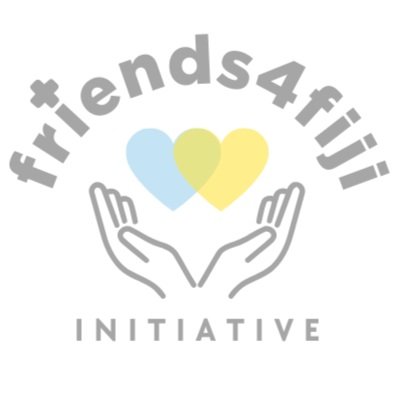LEARN | Module 6a
Critical Appraisal of Harm and the Gate Framework
As always, please post any questions, comments or suggestions in the Disqus comment feed at the bottom of the module!
The GATE Framework
The Graphic Appraisal Tool for Epidemiological studies (GATE) framework has been designed as an alternate method for critically appraising articles using a visual framework. The simplistic structure of the image makes it easy to memorise and then fill in the gaps to appraise the article.
Represent?
Who do the participants represent?
The triangle represents the population studied (P = patients). The triangle is divided into three levels:
The whole triangle represents the source population from which participants were selected
The lower two levels combined represent the eligible population (i.e. those who meet the study eligibility criteria)
The lowest level – the tip of the triangle – represents those who agreed to take part (i.e. the study participants)
Allocation or Adjustment?
Was there randomisation? Were the results adjusted to account for differences?
The circle is divided into two sections and represents the groups of participants being compared in the study population:
I (intervention) or E (exposure)
C (comparison)
Measured?
Who measured the outcomes and what where the outcomes?
The square represents the study outcomes (O). This represents the 2x2 table for dichotomous exposures and outcomes. The top row (a and b) represents participants with the outcome and the bottom row (c and d) represents participants without the outcome. Study time is represented by the horizontal and the vertical arrows. A vertical arrow is used to describe outcomes measured over a period of time, whereas a horizontal arrow is used for study outcomes measured at one point in time.
Application into Practice
Lastly, think about what the evidence means in the context of your patient, health policy and the clinical setting.
An example is shown below, in which this article on amniocentesis and spontaneous abortion is analysed.
The study population represents women with twin pregnancies between 15 and 22 weeks gestation.
Regarding allocation, there was no randomisation (as it was a cohort study). There were adjustments made for maternal age, gestational age, race, alcohol use and monochorionic pregnancy.
All participants were accounted for; there were no drop-outs.
Outcomes were collected by outcome assessors; however, it is unclear whether they were blinded.
The relative risk for spontaneous pregnancy loss indicates a significant risk for the patient. However, if a patient is of high maternal age, then there is no significant risk (when weighed up against the risk of birth defect).
DETAILED CRITICAL APPRAISAL
A detailed approach to critical appraisal of studies of harm is shown in the videos below.
RCTS AND COHORT STUDIES
Case Control STUDIES
Further reading
Sample critical appraisal of cohort study
Sample critical appraisal of case-control



